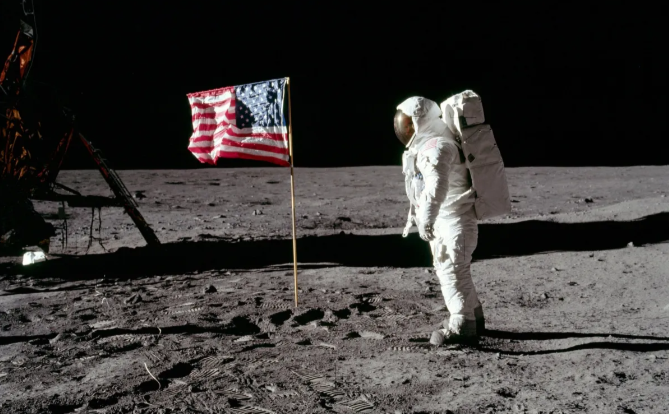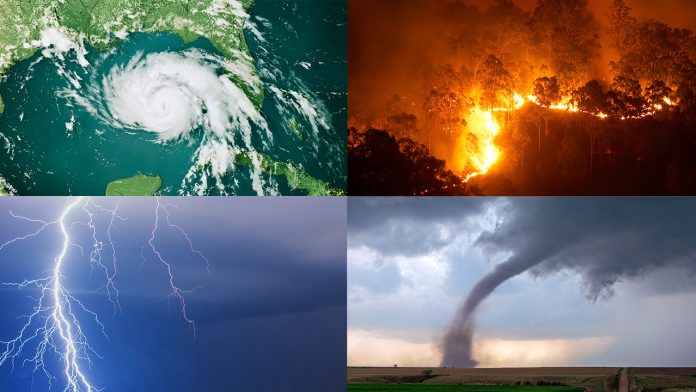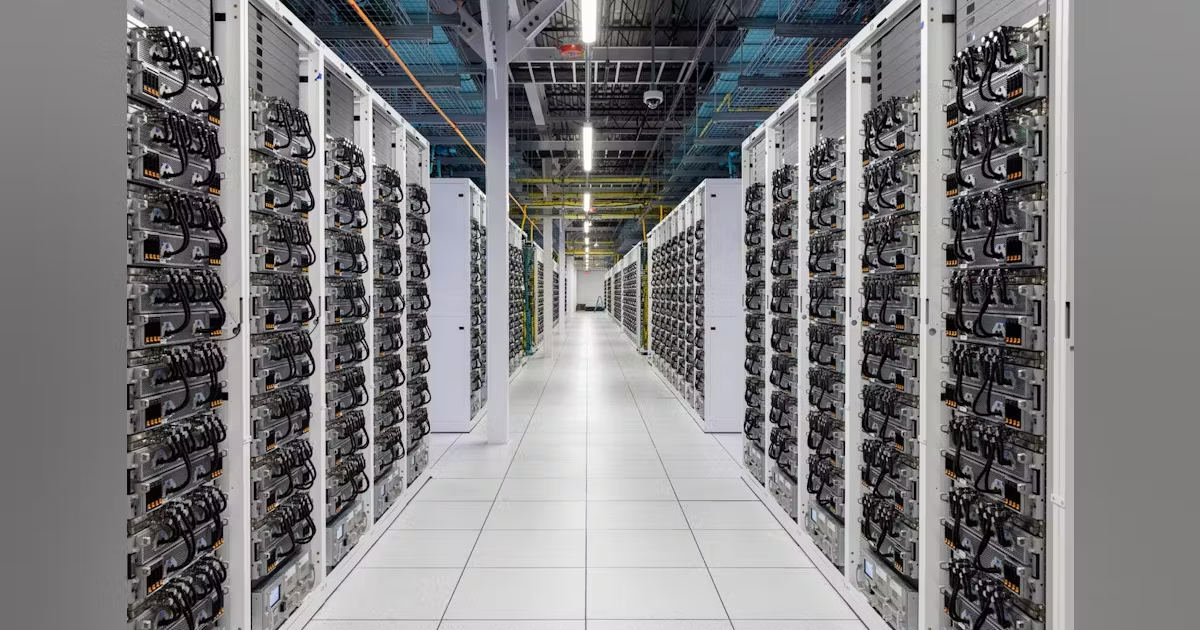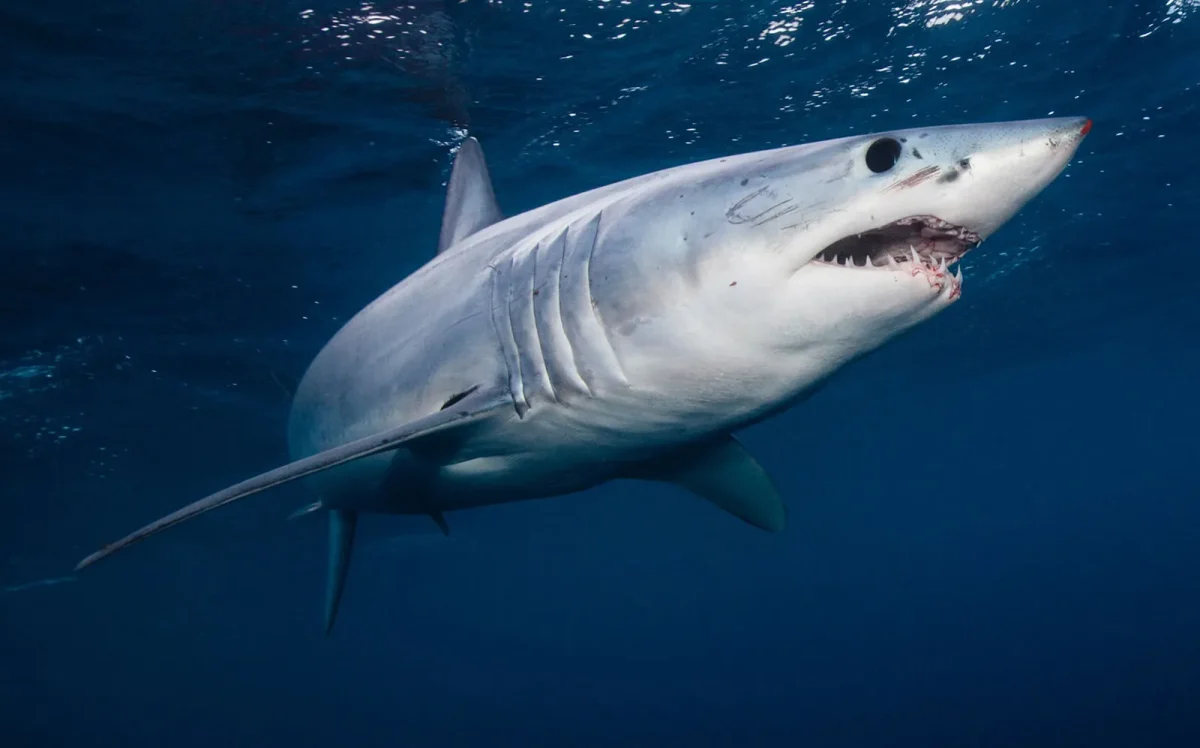On October 1, 1958 the National Aeronautics and Space Administration began its operations. President Dwight D. Eisenhower signed into law the National Aeronautics and Space Act that previous July. NASA has been around for over 60 years and has pushed the boundaries of scientific and technological limits of exploration to the unknown for our planet since then on.
Apollo 8: Flying by the moon
Before NASA could send humans to the moon, the agency needed to know if it had the technology to bring them there in the first place. By 1968 many people had already gone into space, but none of these early pioneers left the low-Earth orbit. NASA wanted to execute the moon landing before the decade ended. So, on August 18 of 1968 they announced that a fly-by trip around the moon would be attempted that very December.
After much training, astronauts Frank Borman, James A. Lovell, and William Anders board a 363 foot Saturn V rocket and were launched into space on December 21, 1968.
The Apollo crew reached their destination three days later (December 24). Millions of Earth spectators watched the broadcast on television in households across the world, completing the journey with them.
One of the snapshots taken was especially significant: This iconic image of our blue planet, half covered in darkness, hovering above the lunar horizon. Everyone safely returned on December 27.
The first American astronaut to orbit Earth was Alan Shepard. He was NASA’s entry into the annals of human space flight.
The countdown to launch into space was divided into two parts so Shepard and the crew could have some rest before the moment of truth came. NASA would stop many times to make sure that everything was ready for the big moment, and finally it was T-15 minutes until liftoff. Everything was ready until the clouds came in.
The weather was no problem for the launch, but for the photographer covering the biggest NASA event up to that day it was. So NASA decided to postpone the launch until the clouds cleared the way. Once the clouds cleared away there were other interruptions at T-15, this time because NASA wished to double check a piece of navigation equipment.
The rest of the count down went well as the launch happened at 9:34 am. He spent 15 minutes and 28 seconds up there in orbit and then splashed down in the Atlantic Ocean, completing a successful mission that paved the way for every NASA manned mission to come…
Just 20 days after Alan Shepard orbited earth, president John F. Kennedy announced what would become NASA’s greatest achievement:
America was going to the moon.
Apollo 11: Moon landing
Eight years later everyone realized Kennedy’s goal.
Apollo One was a failure, and over the next two years NASA ran nine more missions, testing every aspect of the operation.
But Apollo 11 was the first mission to actually land on the moon. NASA’s officials chose Neil Armstrong, Buzz Aldrin, and Michael Collins as the astronauts who would make history from Earth to the moon and back.
On July 16, 1969 the spacecraft Apollo 11 prepared to launch the three into space.
Before reaching the moon, the three men split up. Collins boarded Apollo 11’s command module, The Columbia, where he would remain orbiting the moon. Armstrong and Aldrin boarded Apollo 11’s lunar module, the Eagle, and it began descending onto the moon’s surface.
According to The Moon Landing by National Geographic Kids, “The Eagle made a risky landing in a shallow moon crater named the Sea of Tranquility. (Most people watching the landing on TV didn’t know that the Eagle had only 20 seconds of landing fuel left at this point.) Armstrong and Aldrin looked out the windows of the module at the lifeless and barren lunar landscape. After six and a half hours passed the pair appeared to step out of the Eagle. Mission commander Armstrong stepped out first, becoming the first person on the moon. When Neil set foot on its surface on July 20, 1969 and said “One small step for [a] man, one giant leap for mankind,” approximately 530 million from all across the globe were eagerly watching.
Hubble space telescope: Best views yet of the universe
Before the launch of the Hubble space telescope in 1990, views of space came mostly from ground-based light telescopes. Many of the images were interesting, but not very clear and couldn’t see as far as astronauts craved. Clouds, gas, and water vapor would get in between a telescope and Earth’s atmosphere.
The solution: put a telescope on the other side of Earth’s atmosphere, where there would be no interference.
To create the Hubble, NASA joined forces with the European Space Agency in the mid 1970s. While the Hubble wasn’t the first space telescope, it was definitely the best one. So far, it has provided more than 1.5 million astronomical observations and looked at over 40,000 different space objects, according to NASA’s 10 Greatest Achievements. The Hubble space Telescope lets us watch the expansion of the universe in a way we could have never imagined and made images of the universe never before seen available to scientists and the people of the public.






